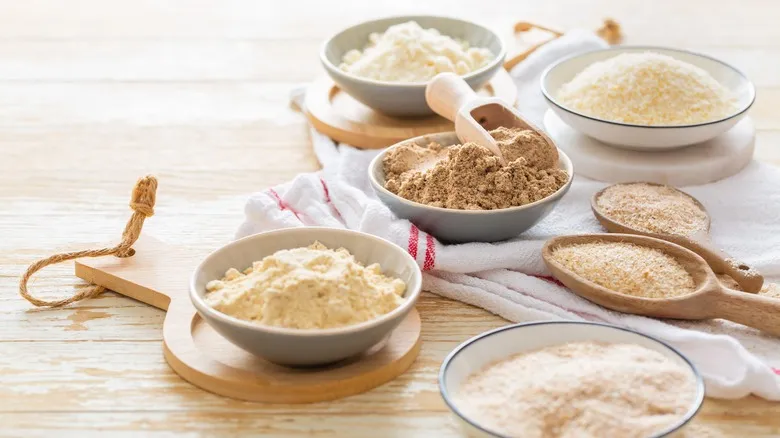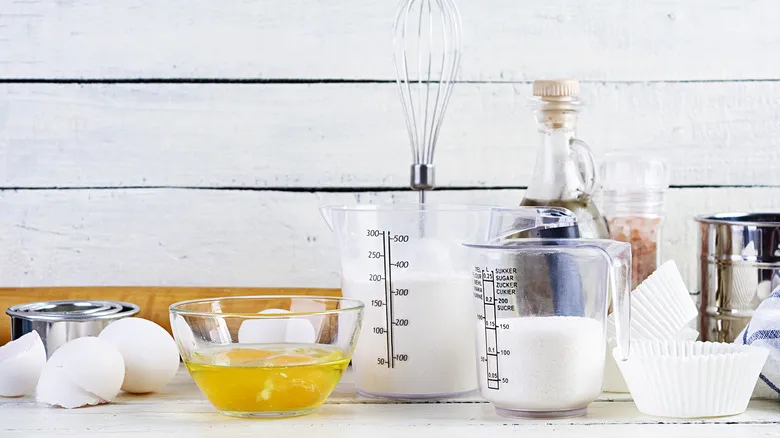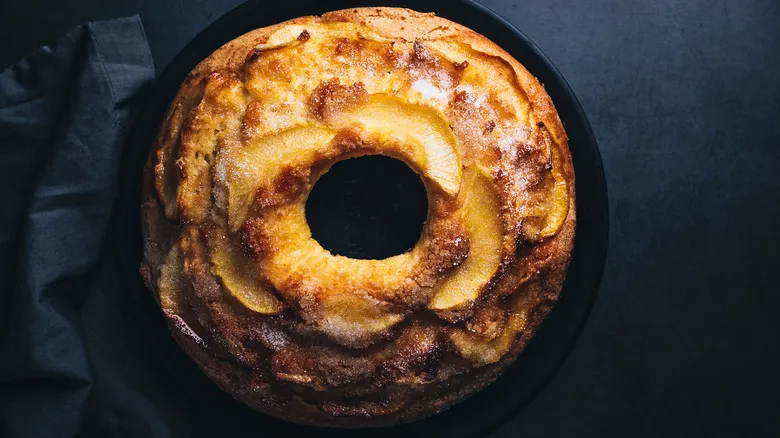How to measure dry ingredients correctly

Weighing dry ingredients instead of measuring by volume is generally regarded as the most precise approach. While the weight of flour or sugar remains constant, the quantity in a measuring cup can vary if it is packed too tightly or not leveled correctly. However, 16 ounces of flour will always weigh the same, regardless of how it is scooped or leveled.
To accurately weigh your dry baking ingredients, you will need a kitchen scale. Most scales allow you to switch between different weight units, making them versatile for any recipe. Once you set the scale to the desired weight measurement, place a bowl on it and press the "tare" button to exclude the bowl's weight from the scale's reading. Then, gradually add your ingredients to the bowl until you reach the specified weights in your recipe. You can also use the scale to measure batter precisely into muffin tins or cake pans.
If you don’t have a kitchen scale or your recipe specifies volume measurements, you can still achieve great results with measuring cups. The key is to use them correctly. Lightweight ingredients like flour can easily become compacted, leading to excess scooping. For these ingredients, use a separate spoon to fill the measuring cup, then level it off with the back of a knife. Heavier ingredients, such as sugar, can be scooped directly from the container.
How to measure wet ingredients correctly

While measuring wet ingredients by volume is the most precise method, it requires specific tools for accuracy. Using scoops for wet ingredients often leads to inaccuracies, as it's challenging to fill a scoop to the brim without spilling, resulting in slightly less liquid than needed.
In contrast, liquid measuring cups are specifically designed for accurate liquid measurement. Although they serve a single purpose, they are among the best investments for home bakers due to their effectiveness. Typically made from clear plastic or glass, these cups feature spouts and volume markings printed in red on the exterior, allowing you to see exactly how much liquid you’ve added.
To use liquid measuring cups correctly, place them on a stable surface and view the measurement from the side while pouring. This side perspective helps you accurately gauge when the liquid reaches the desired level, as opposed to looking from above, which can distort your view. Once you’ve poured the correct amount, the spout enables you to transfer the liquid into your mixture smoothly, minimizing splashes.
Recommended

Mary Berry's Jam Hack For Better Frosted Cakes

Give Your Cakes A Delicious Crust With One Simple Swap

Paul Hollywood's Foolproof Technique To Avoid Soggy Bottom Bakes

The Baking Soda Swap You Need For Lofty, Cloud-Like Bakes
Next up

